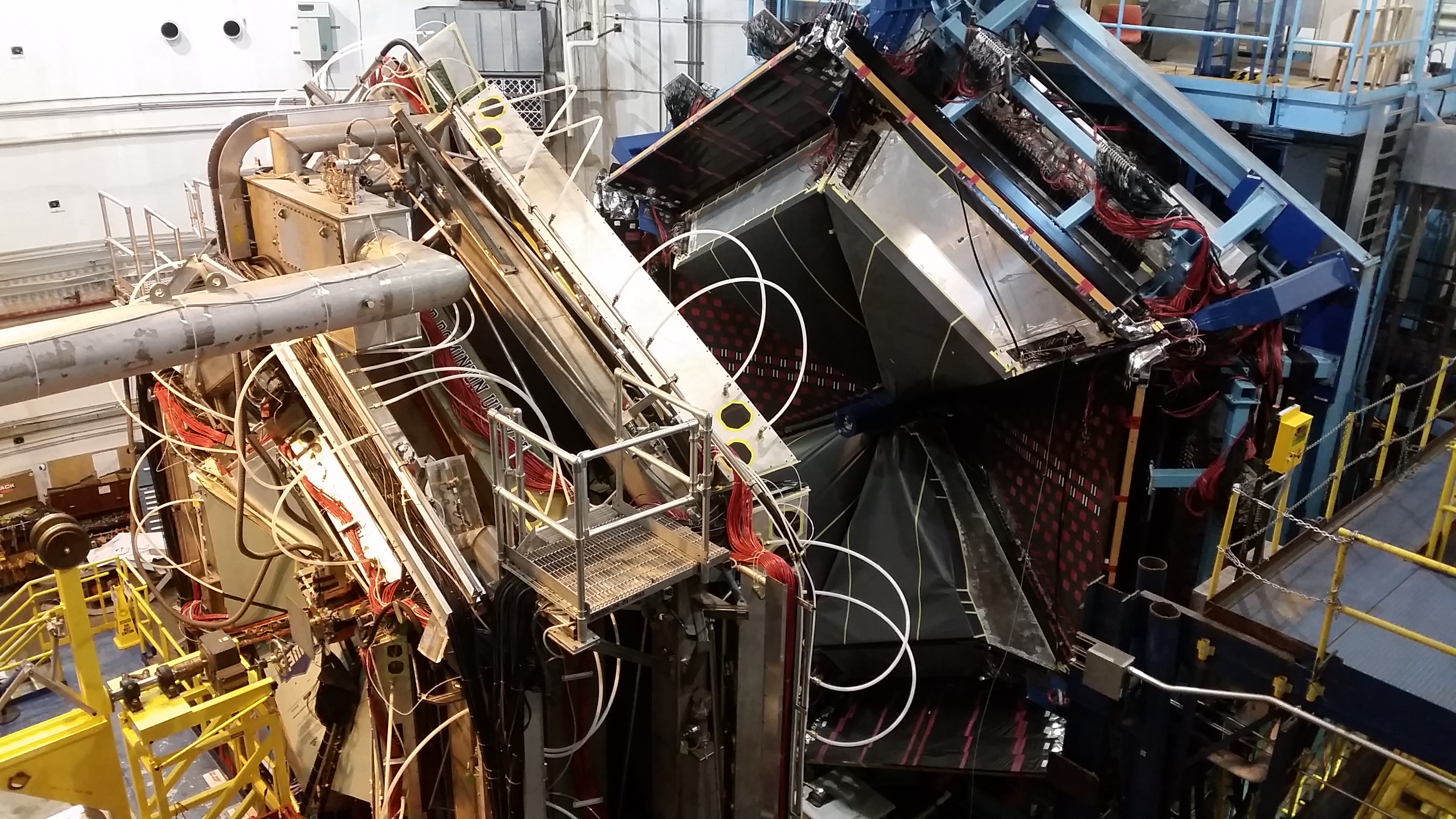Hadron Spectroscopy

- Can we understand the excitation spectra of hadrons from the quark-quark interaction?
- Do exotic hadrons (multiquark states, hybrid mesons and glueballs) exist?
The foundations of our understanding of quantum mechanics and the electromagnetic interaction were made possible by the measurement of a precise and comprehensive set of excitation spectra of atomic systems. Likewise, if we are to fully understand the strong interaction, a thorough knowledge of the excitation spectrum of baryonic and mesonic states is essential. These excitation spectra are determined by the internal dynamics of hadrons, and therefore offer insights into hadron structure that complement measurements of quark distributions. Experimentally, one of the cleanest ways of studying the hadron resonance spectrum is via photoproduction experiments, where a ground-state hadron in the target material absorbs a high-energy photon from the beam, reaches a short-lived excitation state which then decays, typically by the emission of one or more mesons. Measurements of cross-sections, angular distributions and polarisation observables in a wide range of reactions are interpreted with the use of partial wave analysis (PWA) tools, QCD-inspired models and, more recently, lattice QCD calculations. While baryon resonance spectroscopy explores the excitation spectra of the proton, neutron and heavier baryons, meson spectroscopy seeks to understand the nature of the strong force and quark confinement by studying the simplest system: the qqbar pair. Our work in this field is focussed on obtaining a “complete” measurement of observables required to map out the baryon resonance spectrum and on the search for QCD exotics: multi-quark states, hybrid mesons and glueballs. Halls B and D in Jefferson Lab and the A2 hall at the Mainz Microtron (MAMI) are equipped with radiators and tagging spectrometers, one of them built by the Glasgow group, which allow intense beams of polarised photons to be produced from the electron beam at well-defined energies. The technique used at these facilities for producing highly polarised and precisely aligned photon beams was developed by the Glasgow group and we have a long history of expertise in photoproduction experiments and analysis methods. Following the upgrade of the Jefferson Lab to operate with an electron beam up to 12 GeV in energy, we are involved in the construction of detectors for the new CLAS12 spectrometer (Hall B) and are leading a number of present experiments at MAMI and future ones at Jefferson Lab (Halls B and D) as part of the Crystal Ball, CLAS and GluEx collaborations, respectively.

